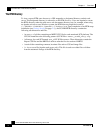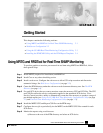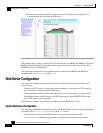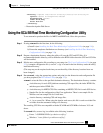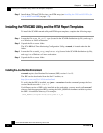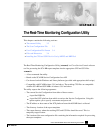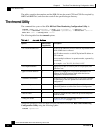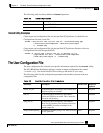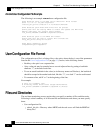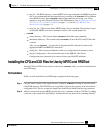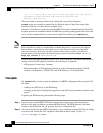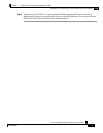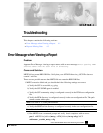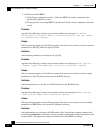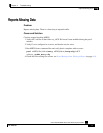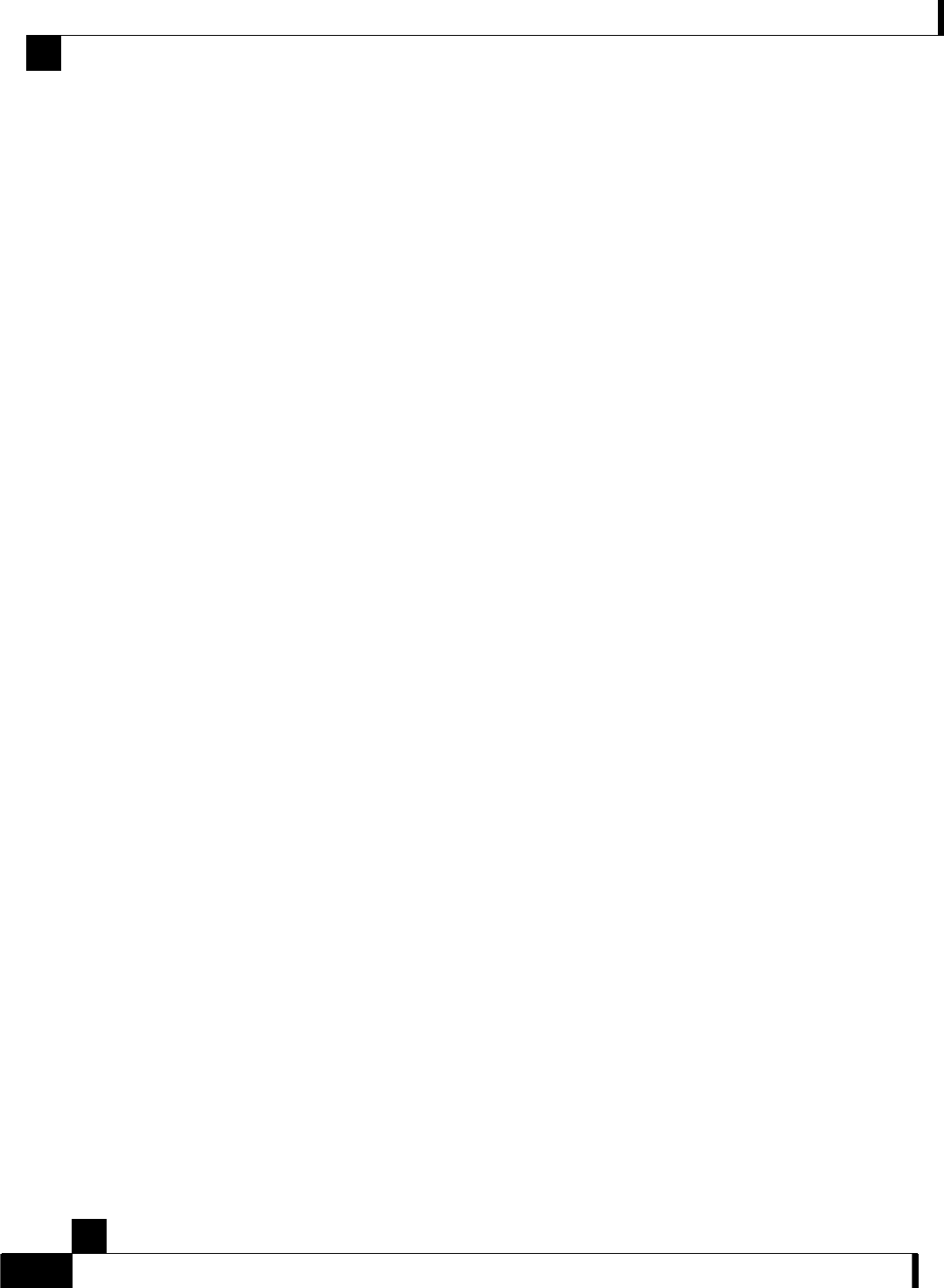
Chapter 3 The Real-Time Monitoring Configuration Utility
User Configuration File Format
Cisco SCA BB SNMP Real Time Monitoring User Guide
3-4 OL-12491-01
rtmcmd User Configuration File Example
The following is an example rtmcmd user configuration file:
#The absolute path to the RRD tool's execution files folder
#Use '\\' or '/' as path separator
rrdtool_bin_dir=C:/rrdtool-1.2.15/rrdtool/Release
#The absolute path where RTM files will be placed.
#This path will be used by MRTG to create and update the RRD files
#Note: path must not contain white spaces!
rtm_dir=C:/PROGRA~1/APACHE~1/Apache2.2/htdocs
#The absolute path to the MRTG bin folder.
#This path will be used to create file crontab.txt
mrtg_bin_dir=C:/mrtg-2.14.5/bin
#The SCE's community string
snmpCommunityString=public
User Configuration File Format
The configuration text file is a listing of key-value pairs, where the key is one of the parameters
listed in the User Configuration File (on page 3-3) section, in the following format:
• Each key-value pair is on a separate line.
• A key-value pair may be extended across several adjacent lines by putting a backslash
character, "\", at the end of each line.
• To use an actual backslash in the value (as in directory names on Windows), the backslash
should be escaped with another backslash, like this: "\\", or a slash "/" can be used instead.
• To comment a line, add '#' or '!' at the beginning of the line.
For example:
# This is a comment line.
# Directory names should uses escape backslashes:
rtm_dir=D:\\PROGRA~1\\APACHE~1\\Apache2.2\\htdocs
Files and Directories
The real-time monitoring process requires that you specify a number of files and directories.
Following is a brief summary of all relevant files and directories and where you must specify
them:
• User configuration file:
• rrdtool_bin_dir—Directory where MRTG and the web server will find the RRDTool
binary files



